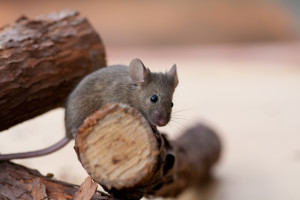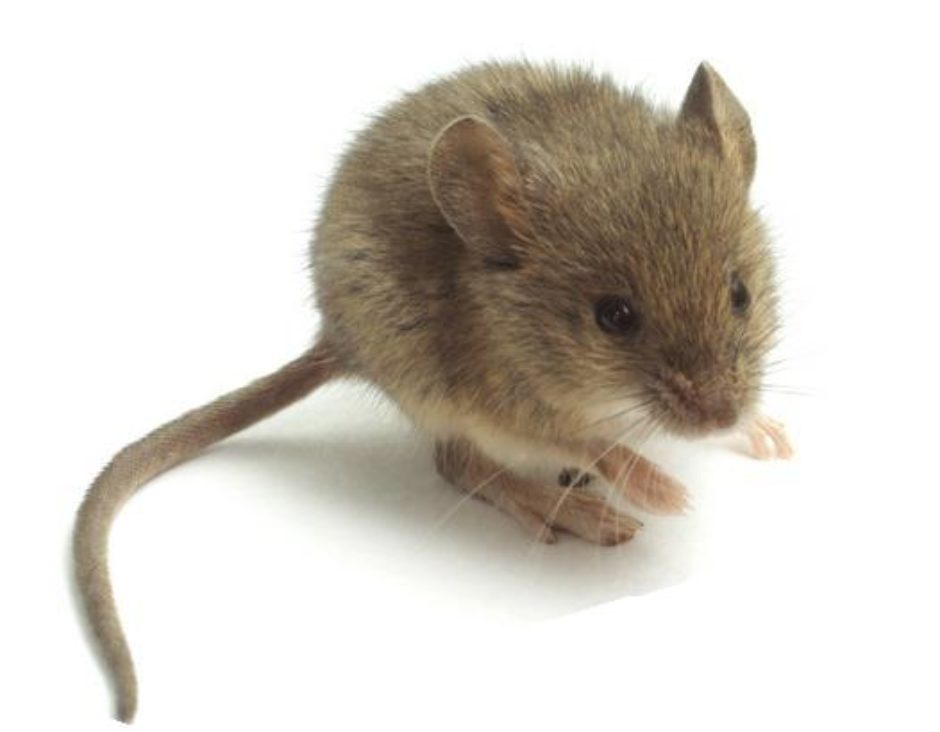Commensalism or the ecological term for cooperative relationships among animals, is often a discussion when analysis of natural habitat or behaviors. For mice, the commensalism between themselves and humans is fairly evident. This complex term, not used much in common speak or vernacular, does explain our relationship with rodents and especially mice. A mouse in early human existence had an ability to often be a superior benefit for agriculture, and at the same time, a biological risk as well. Thus began our complex yin and yang with mice and rodent populations. Being nocturnal creatures, mice use commensalism with humans, who are daylight dwellers in most part. Having space between ourselves and mice with this one variant, mice have been able to coexist with humans quiet naturally for centuries.
The History of Mice Commensalism with Humans
 Being more parasitic than commensalism in human habitat, mice have existed with humans over the years on an even playing field for as long as humans have found a way to store food, keep themselves warm in a dry habitat, and began a agricultural lifestyle. Movement from hunting and foraging, humans began this relationship with mouse populations years ago, as they are often short in their lifespan cycle, and need to reproduce quickly to survive. With the advent of farming, mice found a great new ally with humans, as the amount of warmth, dryness and food became abundant. Mice require the following habitats to continue their progression for survival:
Being more parasitic than commensalism in human habitat, mice have existed with humans over the years on an even playing field for as long as humans have found a way to store food, keep themselves warm in a dry habitat, and began a agricultural lifestyle. Movement from hunting and foraging, humans began this relationship with mouse populations years ago, as they are often short in their lifespan cycle, and need to reproduce quickly to survive. With the advent of farming, mice found a great new ally with humans, as the amount of warmth, dryness and food became abundant. Mice require the following habitats to continue their progression for survival:
- Warmth of 70-75 degrees
- Darkness and no bright lights
- Perfect humidity of around 55% and access to clean drinking water
- Dry food stuffs of seeds or high starch proteins
- Low frequency environments that do not offer loud noises
- Ability to sleep during the day with their nest of little ones
With the production of agriculture, and farming, humans offered all of these effects, and mouse populations soured. Even with the access of local natural placements, like woods and forests, mice found it difficult to have all the components of survival, and many perished with heat, excessive cold, and lack of food and water. Even a natural location near water, is too much noise and frequency for a mouse, and they perished near this natural diversion. Being able to parasitically tag to humans, the commensalism between mice and humans began the explosion of humans and mice.
Commensalism or Parasitic
Mice often are called parasites, as they leach off the positive gains of humans. When we give our food and water and habitat to a local mouse population, are we seeing a true parasitic connection? Not so, as the mouse can adapt and survive without humans, but it is not advantageous for them to do so. The best description is commensalism, or the ability for both parties to see positive gains. This is seen in sharks and feeder fish, that eat the sea lice that parasitically adapt to the sharks. Without the feeder fish, the lice could kill their host in times of stress. The relationship with mice and humans is truly commenalism as well, because mice do often introduce disease and pollution to our environment, but they offer the most effective and natural fertilizer to our fields as well.
Mice in Commensalism in Agriculture
Mouse populations are emerging and growing in human early days of farming, and often bring our crops forward with their constant urine and solid waste. The early days of farming surely saw gains from mice being present in the fields with their natural fertilizer. Oddly, human population is unaware of this benefit, until only very recently, when fertilizer is discovered as a tool of agriculture during the early 20th century. Without the discovery of fertilizer, mice would have been the only architect of this necessary element of farming. Not only do mice offer fertilizer for crops, but their tunnels and routes of access to the fields offer loft and natural root growth through their travels. Not all mice tunnels were beneficial for humans, but the commensalism of agriculture and rodent populations is a fact in some parts of the world, where soil was spare and limited.
